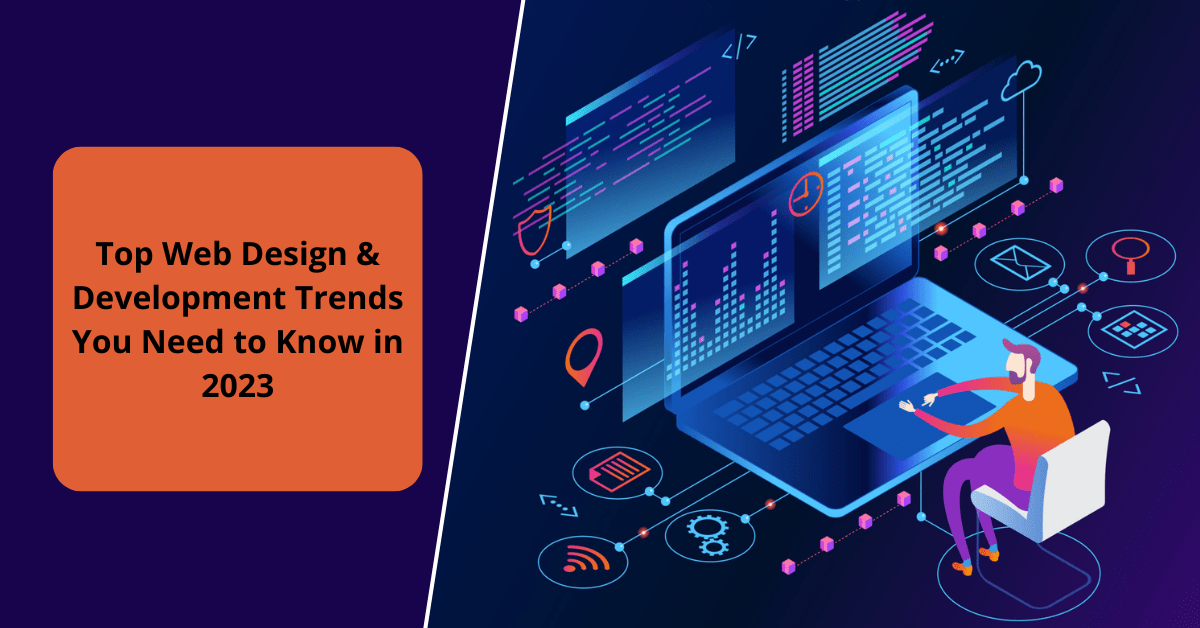
Web design and development are integral components of creating engaging and functional websites that serve various purposes, from showcasing products and services to providing information and facilitating interactions. In this blog post, we'll explore the key aspects of web design and development, including the principles, tools, and technologies involved, as well as the evolving trends shaping the industry.
The Role of Web Design and Development
Web design involves the visual and interactive aspects of website creation, including layout, typography, colors, and user experience (UX) design. On the other hand, web development focuses on the technical implementation of website functionality, such as coding, scripting, and database management. Together, design and development work in tandem to produce websites that are aesthetically pleasing, user-friendly, and fully functional across different devices and platforms.
Principles of Effective Web Design
Effective web design follows principles such as simplicity, consistency, and accessibility. A clean and intuitive layout helps users navigate the site easily, while consistent branding elements reinforce the website's identity. Accessibility considerations ensure that the site is usable by people of all abilities, including those with disabilities. Responsive design techniques ensure that the site adapts seamlessly to various screen sizes and devices.
Tools and Technologies for Web Design and Development
Web designers and developers utilize a variety of tools and technologies to create and maintain websites. Design tools such as Adobe XD, Sketch, and Figma facilitate the creation of wireframes, mockups, and prototypes. Development frameworks and libraries such as Bootstrap, React, and Angular provide pre-built components and streamlined workflows for building responsive and interactive web applications. Content management systems (CMS) like WordPress and Joomla simplify the process of managing website content and functionality.
Responsive Web Design and Mobile Optimization
With the increasing prevalence of mobile devices, responsive web design has become essential for ensuring optimal user experiences across smartphones, tablets, and desktop computers. Mobile optimization techniques such as fluid layouts, flexible images, and touch-friendly navigation enhance usability on smaller screens and improve the overall accessibility of websites. By prioritizing mobile responsiveness, web designers and developers can reach a broader audience and enhance user engagement.
Evolving Trends in Web Design and Development
Web design and development are constantly evolving to meet the changing needs and preferences of users and businesses. Trends such as minimalist design, microinteractions, and immersive multimedia experiences shape the visual and interactive aspects of modern websites. Emerging technologies such as artificial intelligence (AI), voice user interfaces (VUI), and progressive web apps (PWAs) present new opportunities for innovation and creativity in web design and development.
The Future of Web Design and Development
Looking ahead, the future of web design and development promises continued innovation and evolution. Advancements in technologies such as virtual reality (VR), augmented reality (AR), and the Internet of Things (IoT) are likely to reshape the way we interact with and experience the web. As the digital landscape evolves, web designers and developers will play a vital role in harnessing these technologies to create immersive, accessible, and user-centric web experiences.
Conclusion
In conclusion, web design and development are dynamic and multifaceted disciplines that drive the creation of engaging and functional websites. By adhering to principles of usability, accessibility, and responsiveness, designers and developers can create websites that meet the needs of users and businesses in an ever-changing digital landscape. By staying abreast of emerging trends and embracing innovation, they can shape the future of web design and development and continue to push the boundaries of what is possible on the web.
